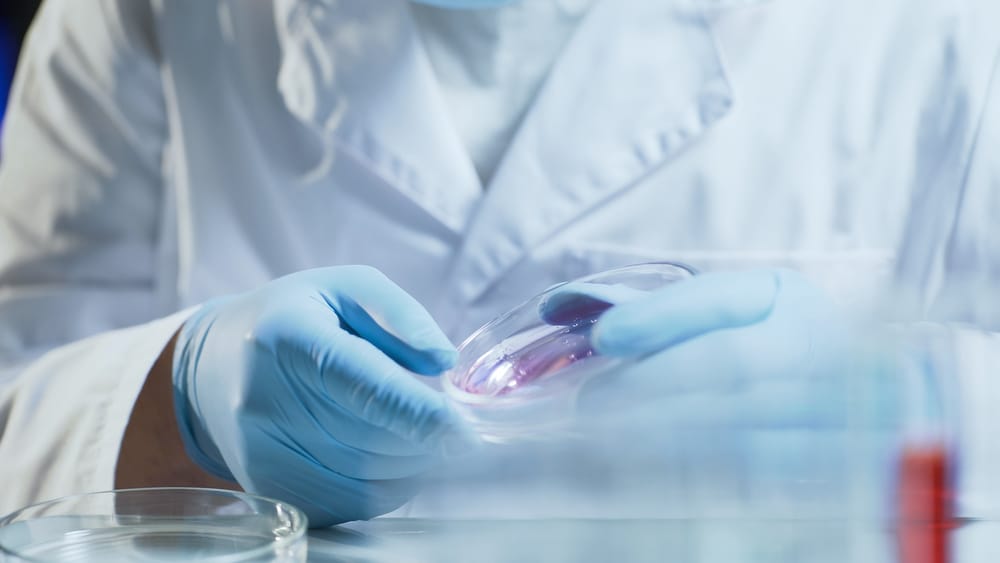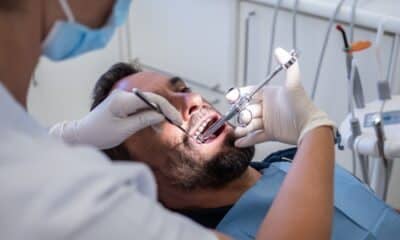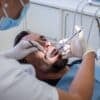Know These Protocols To Handle Biological Materials Safely
The field of scientific research has seen significant advancements and resolution of complex challenges. However, there is a notable increase in reported chemical incidents in the first quarter of 2023, based on data from the U.S. Chemical Safety and Hazard Investigation Board (CSB).
It’s essential to prioritize safety alongside the excitement of discovery. Here are four critical protocols to help handle biological materials safely.
Decontamination: Ensuring A Pristine Biological Environment
After biological research or similar processes, decontamination is crucial in removing all traces of previous biological activities. This involves methods such as sterilizing instruments through autoclaving, using strong chemical agents for surface disinfection, and employing ultraviolet radiation for purification.
Decontamination methods must be tailored to the specific biological threat encountered. Thorough cleaning of devices like a single cell sorter is essential to prevent cross-contamination and ensure accurate results in subsequent experiments. Proficiency in these practices is vital for eradicating potential microbial adversaries and maintaining a clean biological environment.
Personal Protective Equipment: Essential For Biological Safety
In biological safety, personal protective equipment (PPE) such as lab coats, gloves, eye protection, and face masks forms a crucial barrier against biohazards. The selection of PPE should align with the type of hazard present, with more comprehensive gear required for high-risk pathogens.
Advanced biological research demands heightened safety measures, including strict procedures when isolating individual cells within a biological safety cabinet.
Containment And Confinement: Ensuring Biological Safety
Containing and confining microorganisms is critical when handling potentially dangerous substances. Biological safety cabinets act as effective barriers equipped with air filtration and containment features, while secondary containers, designated workspaces, and waste management protocols are also important in mitigating risks.
Sharps And Needles: Mitigating Associated Risks
Handling needles and sharp instruments in biological settings carries high risks and should be minimized wherever possible. Strict caution should be exercised when using these tools, and appropriate disposal in designated sharps containers should follow each use.
















